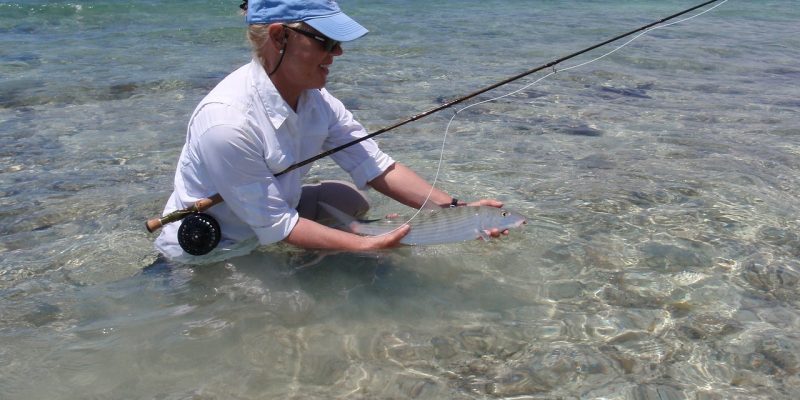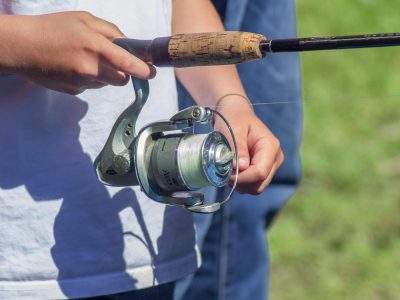Recreational fishing is a pastime enjoyed by many, and as anglers, we are responsible for ensuring the longevity and health of our aquatic ecosystems. One practice that embodies this sense of stewardship is catch and release. But what does catch and release truly mean?
At its core, catch and release is a practice where fishermen carefully release the fish back into the water, doing their best to cause minimal harm instead of keeping their catch for consumption. The idea is to enjoy the thrill of the catch without affecting the fish population or disrupting the ecosystem.
Catch and release – it’s more than a practice, it’s a commitment to conservation.
Catch and release helps maintain fish populations for future generations of anglers and sustains the health of our waterways.
Why Do Anglers Choose “Catch and Release”?
- Conservation: Many fish populations, especially in the US, are dwindling due to overfishing and habitat destruction. Releasing fish can help maintain balanced and healthy fish populations.
- Sport: For some, the real excitement lies in the chase, the strategy, and the challenge. They get their adrenaline fix, and then they give back.
- Regulations: There are strict regulations in the US about which fish you can keep. Some might be too small, others might be a protected species. Staying informed and practicing catch and release helps anglers avoid hefty fines.
- Ethical Reasons: Many anglers believe that fishing shouldn’t harm the environment or the fish. Catch and release embodies this philosophy.
Doing It Right!
It’s essential to ensure the fish’s survival after the release. This means:
- Use the right equipment: Barbless hooks are not only easier to remove, but they also cause less damage to the fish. Similarly, using a rubber net instead of a traditional nylon net can help minimize harm when handling the fish.
- Avoiding angling during spawning seasons so as not to stress the fish.
- Wet your hands: Before handling the fish, wet your hands. This helps to maintain the fish’s protective coating of slime, which shields them from infection and disease.
- Handle with care: Hold the fish gently, supporting its weight horizontally. Avoid touching the gills or eyes, as these areas are particularly sensitive.
- Quick release: Limiting the fish’s time out of water. Think of it as the fish holding its breath – you wouldn’t want to do that for too long, right? Time is of the essence when practicing catch and release. Aim to return the fish to the water as quickly as possible to minimize stress and increase its chance of survival.
- Revive the fish if needed: Place the fish in the water’s current, holding it upright until it swims away on its own.
- Limit handling the fish: Limit handling a fish since the protective coating on the fish skin is at risk the more it touches a human hand. Use gloves. Also, it is important to make sure that the fish is able to swim away.
- Using a release device: In most states, it’s required to have a release device rigged and ready for use when returning a deep water fish back into the water.
Relevance in the USA
In the US, the catch and release practice has been strongly promoted, especially in areas like the Pacific Northwest, the Great Lakes, and many trout streams in the Rockies. The goal? To sustain our rich fishing heritage.
Every year, countless American anglers get to experience the thrill of the catch, and thanks to catch and release, our children and their children will get to as well.
A Gentle Nudge (or Call-to-Action)
Now, we at FishVerify.com are all about appreciating the beauty and value of our marine life. As passionate supporters of sustainable and responsible fishing, we encourage you to consider “catch and release” during your next fishing trip.
To further enhance your catch and release practices and become a more responsible angler, consider downloading the FishVerify app.
Download FishVerify today and take a step forward in conservation!
Tight lines, everyone!


